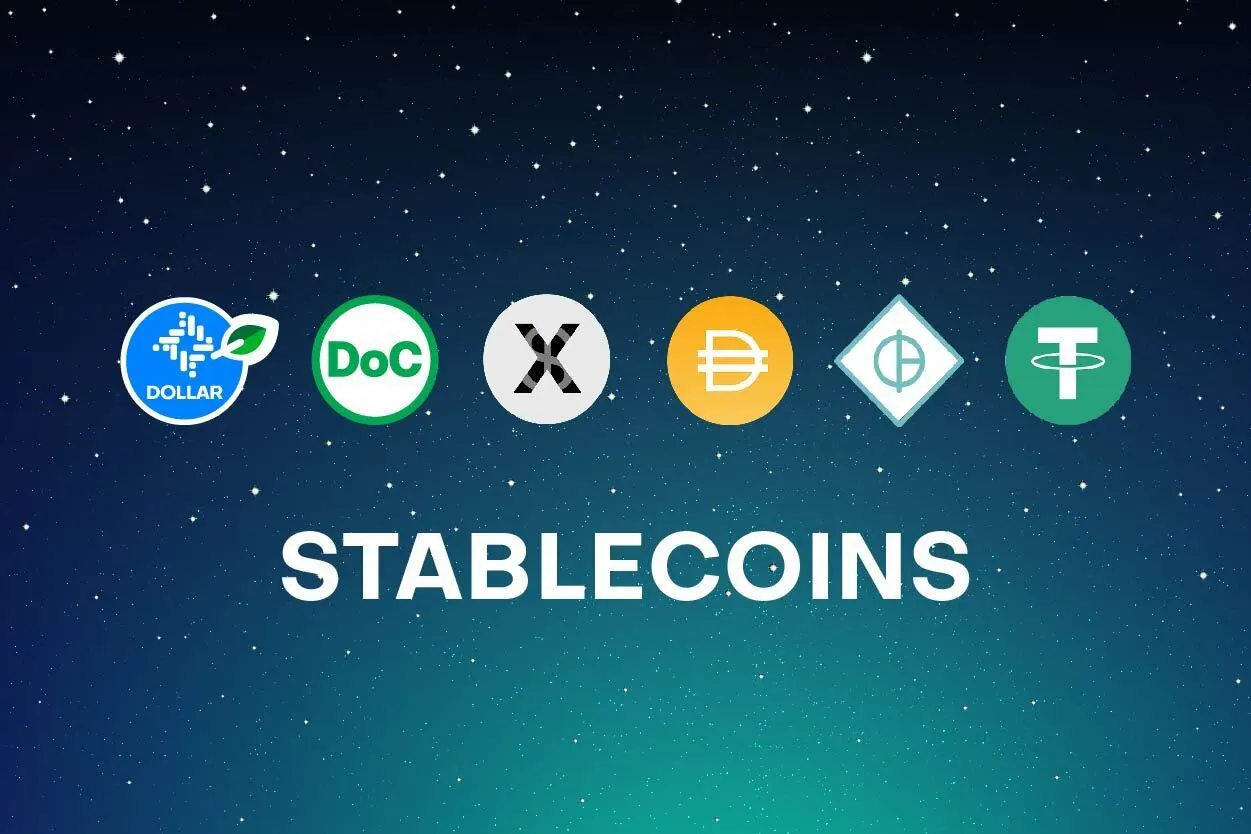
What are Stablecoins
Stablecoins are cryptocurrencies that have a price fixed to a certain asset, such as the US dollar USD, although they could also be fixed with respect to a product (commodity), such as oil or gold.
The main advantage of a stablecoin is that it solves in a certain way the volatility that characterizes other cryptocurrencies, which is one of the characteristics that complicates its daily use.
For example, Tether (USDT) has a value equivalent to $1.
In addition, stablecoins build a bridge between the world of cryptocurrencies and fiat money, facilitating transactions, exchanges and protecting themselves from volatility without the indications that changing to fiat money has.
Benefits of stablecoins:
- Lower volatility.
- Lower transaction costs.
- A haven to store money in the world of cryptocurrencies might be required.
- Allows immediate transactions for payments in real time.
To date, stablecoins have achieved a capitalization of more than $150B, or in other words, they monopolize more than half of the crypto market, making them a very valuable asset in the DeFi ecosystem.
Types of Stablecoins
Like the aforementioned USDT, stablecoins maintain their value thanks to the fact that the company that facilitates them uses different strategies to keep their price stable with the currency that the cryptocurrency reflects.
They mainly serve to facilitate exchanges in crypto exchanges, since they have the agility of cryptocurrency transactions and do not require going through a traditional bank.
In addition, its low volatility allows it to be easily accepted as a means of payment or as an efficient way to send money between countries, avoiding many intermediaries.
There are different ways to collateralize a fiat-based stablecoin:
With reserve 1:1: For example, for USDT there is $1 for each USDT stored somewhere by the Tether company. They can also be collateralized with reference to a product, such as the Petro (PTR) which represents the value of a barrel of oil.With Dual Currency: Instead of reflecting the currency with a 1:1 ratio, it is done with a main currency and a secondary currency to absorb volatility. For example, theJUSTecosystem maintains its equivalence to the dollar through the cryptocurrenciesUSDJandJST.Algorithmic Coins: Using algorithmic mechanisms, the inflation of the stablecoin is adjusted to respond to price fluctuations. For example,USTused a smart contract where when its price fell below or above $1, its sister cryptocurrencyLUNAcould be exchanged forUSTand thus rectify the variance. Still this mechanism did not prevent it from falling to $0 in May 2021 when people lost confidence in both currencies.Leveraged Loans: This type of stablecoin is backed by an over-collateralized system. For example,DAIis backed by PETH and its value is correlated to Ethereum. Since collateral is more volatile in terms of price, users must have more than $1.5 in PETH to borrow $1 in DAI. If the collateral price falls sharply, the debt position will be liquidated and the remaining collateral amount will be returned to the user.
Are stablecoins safe?
A common question is whether stablecoins are less secure than traditional regulated banks or investment funds. As in all cryptocurrencies, it is important that the user do their own research about the company that offers their financial services, since if a stablecoin proves not solvent or its users lose confidence in it, its price could fall beyond the value to which it is anchored.

Comments